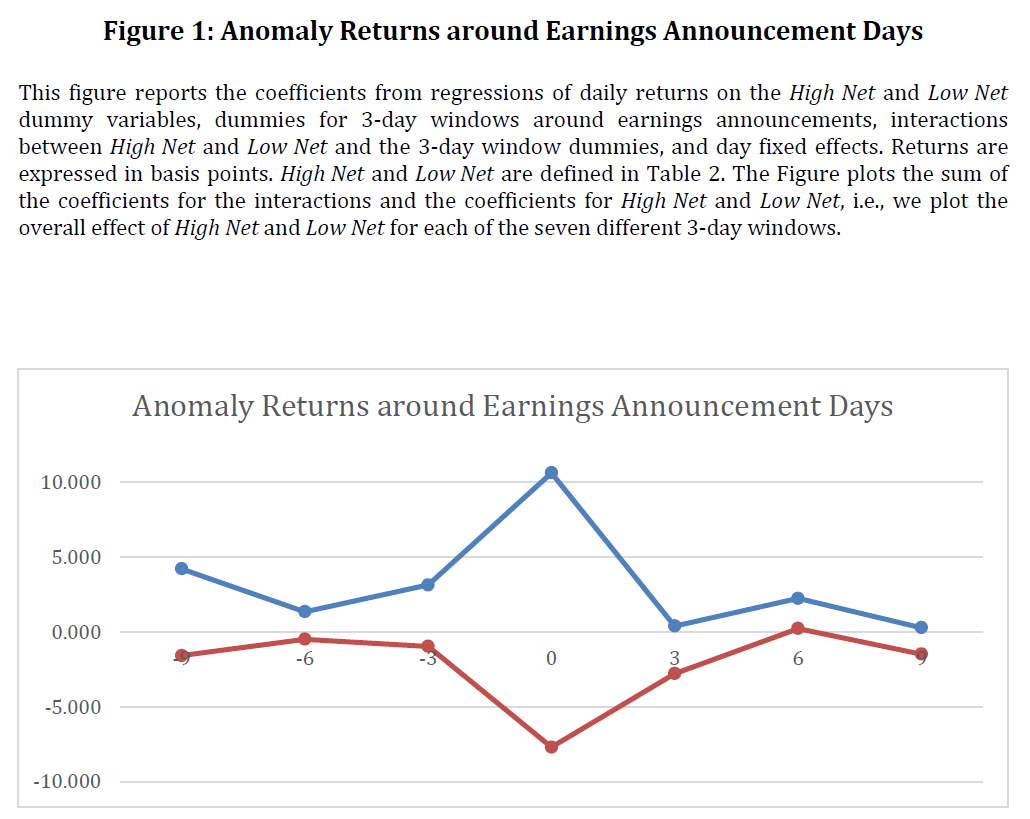"Using a sample of 97 stock return anomalies, we find that returns are 6 times higher on earnings announcement days. Results are consistent with biased expectations being at least partially corrected."
papers.ssrn.com/sol3/papers.cf…


Twitter may remove this content at anytime, convert it as a PDF, save and print for later use!

1) Follow Thread Reader App on Twitter so you can easily mention us!
2) Go to a Twitter thread (series of Tweets by the same owner) and mention us with a keyword "unroll"
@threadreaderapp unroll
You can practice here first or read more on our help page!







